calsfoundation@cals.org
Jews
Jews have always been a tiny minority of Arkansas’s population, yet their history in the state is long and deeply rooted. In the mid-nineteenth century, Jewish immigrants from Europe established communities and congregations throughout Arkansas. Despite their small numbers, Arkansas Jews have been committed to preserving their religious traditions even as they assimilated into the culture of their town and state. In the process, Jews became an active part of the state’s civic and economic life. As in many other Southern states and rural regions, the Jewish population has experienced significant decline over the past several decades, especially in small towns, though Jewish life and culture continues to flourish in Little Rock (Pulaski County) and the growing community of Bentonville (Benton County).
The first Jew to settle in Arkansas was Abraham Block, who opened a store in Washington (Hempstead County) by 1825, soon becoming one of the wealthiest men in the county. Block settled in Washington when Arkansas Territory had no Jewish congregations or institutions. He was a charter member of the region’s first synagogue, Congregation Gates of Mercy in New Orleans, Louisiana, joining in 1828. Yet the lack of any organized Jewish life in Arkansas took a toll on his family, and few of his children remained in the faith. Block’s life in Arkansas highlights the challenges Jews have often faced in a state largely isolated from the centers of American Jewish life.
These difficulties eased a little as growing numbers of Jews from central Europe began to arrive in Arkansas before the Civil War. They were part of the “German wave” of Jewish immigration, settling primarily in the large cities of the Northeast and the Midwest. But a significant minority of Jews from Germany and from Alsace-Lorraine settled in the rural South, including Arkansas. At the time of the Civil War, they had established small but growing communities in Little Rock, Fort Smith (Sebastian County), Pine Bluff (Jefferson County), DeValls Bluff (Prairie County), Van Buren (Crawford County), Jonesboro (Craighead County), and Batesville (Independence County). Despite their relatively short time in the state, Jews felt closely tied to their new home. Of the approximately 300 Jews in Arkansas at the time of the war, over seventy fought for the Confederacy.
After the war, as Arkansas became increasingly tied to national trading markets, Jewish peddlers and merchants were drawn to the state. With close economic connections to Jewish wholesalers in Memphis, Tennessee; St. Louis, Missouri; Cincinnati, Ohio; and Louisville, Kentucky, these merchants fanned out across Arkansas, helping to develop isolated parts of the state. Fourteen towns in Arkansas were founded by Jews or named after early Jewish residents, including Altheimer (Jefferson County), Berger (Pulaski County), Bertig (Greene County), Felsenthal (Union County), and Goldman (Jefferson County).
Arkansas Jews began to form religious institutions soon after they began arriving in significant numbers. In 1839, the small but growing number of Jews in Little Rock began to worship together. It was not until 1866 that the state’s first Jewish congregation, B’nai Israel in Little Rock, was chartered (although, before that, local Jews had founded the Concordia Club). Soon after, a spate of congregations was formed in the state, reflecting how widely Jews had settled in Arkansas. In 1867, Congregation Anshe Emeth of Pine Bluff and Temple Beth El of Helena (Phillips County) were founded. Congregations were also founded in Camden (Ouachita County) in 1869, Hot Springs (Garland County) in 1875, Texarkana (Miller County) in 1884, Jonesboro in 1896, Newport (Jackson County) in 1901, Dermott (Chicot County) in 1905, Eudora (Chicot County) in 1912, Osceola (Mississippi County) in 1913, Forrest City (St. Francis County) in 1914, Wynne (Cross County) in 1915, Marianna (Lee County) in 1920, Blytheville (Mississippi County) in 1923, El Dorado (Union County) in 1926, McGehee (Desha County) in 1947, Fayetteville (Washington County) in 1981, and Bentonville in 2004.
In the late nineteenth and early twentieth century, a new wave of Jewish immigrants from Eastern Europe began to arrive in the United States. Pushed to leave Europe by anti-Semitic violence and legal restrictions, the new arrivals crowded into the urban ghettos of the Northeast and the Midwest. A few came to the South, often drawn by family ties and economic opportunity. Arkansas’s Jewish population swelled from this influx of immigrants. In 1878, 1,466 Jews lived in Arkansas, most from Germany or Alsace. By 1927, just after national immigration restriction ended the Eastern European immigration wave, 8,850 Jews lived in Arkansas. These newcomers followed the path cut by earlier Jewish immigrants, beginning as roving peddlers and working their way up to retail store ownership. In many small towns, these Eastern European Jews fit into the congregations and societies that the German Jews had founded. Where their numbers were great enough, Eastern European Jews formed congregations that were more orthodox in practice. Most of the state’s early congregations had become Reform by the end of the nineteenth century, incorporating English prayers, mixed-gender seating, and other elements of Protestant Christian worship. Eastern European Jews founded their own separate Orthodox congregations in Little Rock, El Dorado, Fort Smith, Hot Springs, Jonesboro, and Pine Bluff.
One of the most interesting, if short-lived, settlements was Am Olam, founded near Newport in 1883 as a Jewish agricultural colony. Jewish leaders in the United States and Europe had long feared that Jews were too concentrated in commercial trade and sought to encourage them to engage in manual labor and farming. The Am Olam movement, founded in Russia, was influenced by ideas of utopian socialism. In February 1883, 150 Jews from Russia arrived in Arkansas to form their commune. To support themselves, they decided to cut trees to provide staves to a lumber company. Heat, humidity, malaria, and yellow fever conspired to destroy the settlement as ninety percent of its residents became ill, and twenty died. After a miserable year, the remaining settlers decided to try their luck in other parts of the United States.
When the first rabbi settled in Arkansas in the 1870s, state law required that a minister be Christian to officiate at a wedding. After a lobbying effort by Arkansas Jews, the legislature amended the law to include rabbis. This established a tradition of welcoming Jews into the civic life of the state. While there were certainly examples of anti-Semitism in Arkansas, these were more the exception than the rule. The experience of Simon Bloom, who served as mayor of Pine Bluff reflects this. When he first ran for mayor in 1913, his opponent ran an anti-Semitic campaign, but Bloom was elected anyway. He served as mayor of Pine Bluff from 1913 to 1919.
Arkansas Jews have been very involved in civic affairs. They have served as mayors of Little Rock, Dumas (Desha County), Helena (Phillips County), El Dorado, Holly Grove (Monroe County), West Memphis (Crittenden County), and Pine Bluff. Jonas Levy was elected to the Little Rock City Council in 1857 and served as mayor throughout the Civil War. Several Jews were elected to local office and the legislature. Charles Jacobson, a close ally of populist governor and senator Jeff Davis, served two terms in the state Senate. Samuel Levine represented Pine Bluff in the state House and Senate for twenty years; he even ran for lieutenant governor. This high degree of political involvement was not unique to Arkansas, as Jews across the South won election to political office in areas where they were a tiny minority. Their prominent role in the Southern merchant class usually served as their entree into local politics.
Despite the fact that they were always less than half a percent of Arkansas’s population, Jews have played an important role in the state’s social and economic development. The Kempner, Blass, and Pfeifer families all owned leading department stores. Howard Eichenbaum was a celebrated architect who designed many significant buildings in Little Rock. Jacob Trieber of Helena was the first Jew in the United States appointed as a federal judge, serving the Eastern Arkansas district from 1900 to 1927. Julian Waterman was the first dean of the University of Arkansas Law School. Rabbi Ira Sanders, who served Little Rock’s Congregation B’nai Israel from 1926 to 1963, became an outspoken supporter of racial equality during the civil rights era. Cyrus Adler, who was born in Van Buren, became one of the most prominent Jewish leaders in the country in the early twentieth century, serving as president of the Jewish Theological Seminary in New York, the American Jewish Committee, and the American Jewish Historical Society.
In 1937, the year of the most comprehensive study of the country’s Jewish population, 6,510 Jews lived in seventy-two Arkansas towns. Little Rock had the largest community, with 2,500 Jews, while thirty-seven towns had ten or fewer. In the second half of the twentieth century, the state’s Jewish population steadily decreased. By 2008, an estimated 1,725 Jews lived in the state. Congregations in Helena, Blytheville, and El Dorado had closed, while others struggled to survive. The Jewish population has become concentrated in a few communities such as Little Rock, Hot Springs, Fayetteville, Fort Smith and Bentonville. In 1937, thirteen cities in Arkansas had more than fifty Jews. In 2008, only five did. By 2008, only congregations in Little Rock and Bentonville had full-time rabbis.
Bentonville has been an exception to the downward trend. In the twenty-first century, as Walmart Inc. has encouraged major suppliers to open offices in its corporate hometown, Bentonville has seen its Jewish population skyrocket. In 2004, a dozen Jews founded Bentonville’s first Jewish congregation, Etz Chaim, which quickly became the state’s fastest-growing congregation, hiring its first full-time rabbi in 2006. Most of the founding members of Etz Chaim are not Arkansas natives. Unlike the peddlers and merchants who initially settled in Arkansas, these twenty-first-century migrants are executives at large corporations. They represent the generation of Jewish professionals who have largely replaced the Jewish merchant class in the South’s metropolitan areas.
With this tremendous growth in Bentonville, the state’s Jewish population likely will remain steady, though small Jewish congregations and communities will continue to decline. Many Jewish children raised in Arkansas do not return home after college; they seek greater economic opportunity elsewhere, the same impulse that brought Jews to Arkansas in the nineteenth and early twentieth centuries.
For additional information:
Arkansas Hadassah Collection. Butler Center for Arkansas Studies. Central Arkansas Library System, Little Rock, Arkansas. Finding aid online at https://cdm15728.contentdm.oclc.org/digital/collection/findingaids/id/11131/rec/1 (accessed February 23, 2024).
Arsenault, Raymond. “Charles Jacobson of Arkansas: A Jewish Politician in the Land of Razorbacks, 1891–1915.” In Turn to the South: Essays on Southern Jewry, edited by Nathan Kaganoff and Melvin Urofsky. Charlottesville: University of Virginia Press, 1979.
Carolyn Gray LeMaster Arkansas Jewish History Collection. Butler Center for Arkansas Studies. Central Arkansas Library System, Little Rock, Arkansas. Finding aid online at https://cdm15728.contentdm.oclc.org/digital/collection/findingaids/id/12765/rec/1 (accessed February 23, 2024).
Evans, Eli. The Provincials: A Personal History of Jews in the South. Chapel Hill: University of North Carolina Press, 2005.
Ferris, Marcie Cohen, and Mark Greenberg, eds. Jewish Roots in Southern Soil. Lebanon, NH: University Press of New England, 2006.
Goldring/Woldenburg Institute of Southern Jewish Life. http://www.isjl.org (accessed August 17, 2023).
A History of the Jewish Community of Phillips, Lee, and Monroe Counties and Its Home Temple Beth El, Helena, Arkansas. Helena, AR: Temple Beth El Cemetery, 2024.
Hieke, Anton. Jewish Identity in the Reconstruction South: Ambivalence and Adaptation. New Perspectives on Jewish History No. 4. Boston: De Gruyter, 2013.
Ioannides, Mara W. “A Failed Jewish Agricultural Colony in the Ozarks: Lessons Learned and Forgotten.” Ozarks Watch, Series 2, Vol. 9 (Fall/Winter 2020): 42–47.
Jewish Helena Arkansas. https://www.jewishhelenaarkansas.org/ (accessed April 28, 2025).
LeMaster, Carolyn Gray. A Corner of the Tapestry: A History of the Jewish Experience in Arkansas, 1820s–1990s. Fayetteville: University of Arkansas Press, 1994.
Markus, David Micah. “‘Of the House of Israel in America: The Archeology of Judaism, Slavery, and Assimilation on the Arkansas Frontier.” MA thesis, University of Arkansas, 2011.
Miller, Debbie. “Cantor Becomes Rabbi.” Arkansas Democrat-Gazette, September 4, 2021, pp. 4B, 5B. Online at https://www.arkansasonline.com/news/2021/sep/04/cantor-becomes-rabbi/ (accessed August 17, 2023).
Rabin, Shari. The Jewish South: An American History. Princeton, NJ: Princeton University Press, 2025.
Records of Temple Beth El (Helena, Arkansas), undated, 1875–2006. American Jewish Historical Society. Center for Jewish History, New York, New York.
Samuels, Barbara. “The Rise and Demise of Temple Anshe Emeth, Pine Bluff, Arkansas.” Jefferson County Historical Quarterly 44 (Summer 2016): 11–14.
Weissbach, Lee Shai. Jewish Life in Small-Town America. New Haven, CT: Yale University Press, 2005.
Zilbergeld, Nancy, and Nancy Britton. “The Jewish Community in Batesville, Arkansas, 1853–1977.” Independence County Chronicle 21 (April 1980).
Stuart Rockoff
Goldring/Woldenberg Institute of Southern Jewish Life
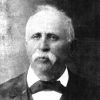
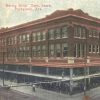

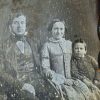


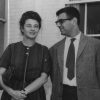



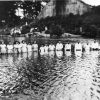
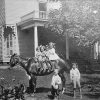
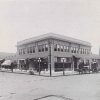
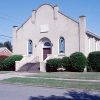
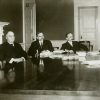
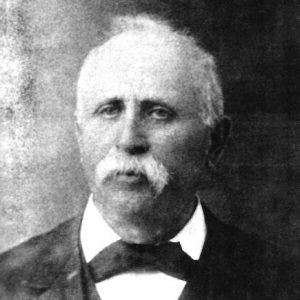 Simon Adler
Simon Adler 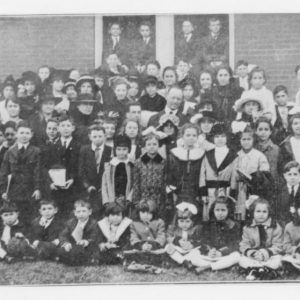 Anshe Emeth Sunday School
Anshe Emeth Sunday School 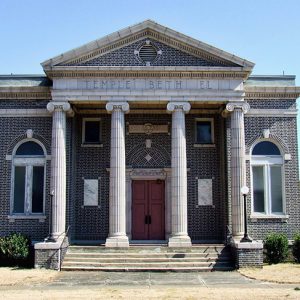 Beth El Temple
Beth El Temple 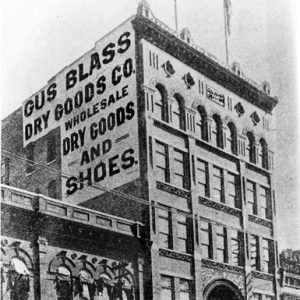 Blass Department Store
Blass Department Store 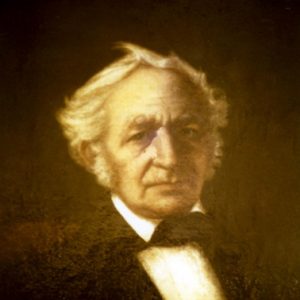 Abraham Block
Abraham Block 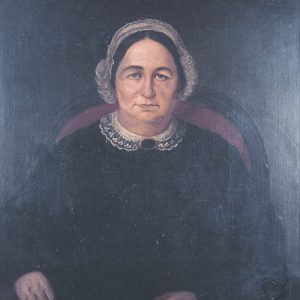 Fanny Block
Fanny Block  Concordia Club Sign
Concordia Club Sign 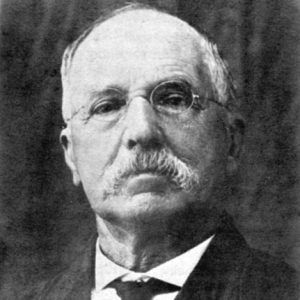 Max Frauenthal
Max Frauenthal 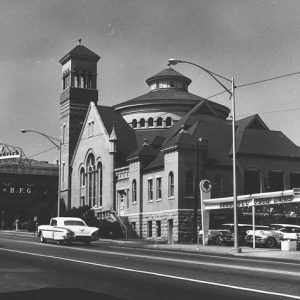 Temple B’nai Israel
Temple B’nai Israel 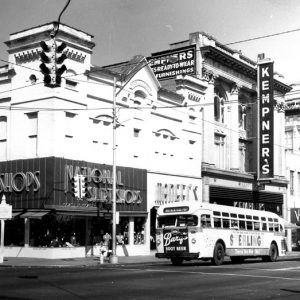 Kempner's
Kempner's 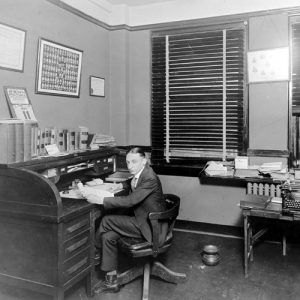 Gus Ottenheimer
Gus Ottenheimer 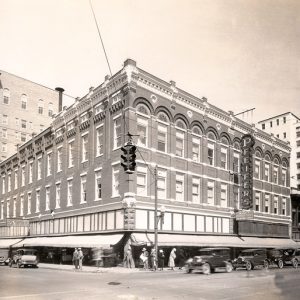 Pfeifers Building
Pfeifers Building 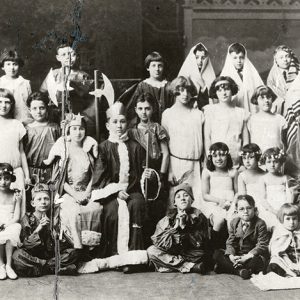 Purim Play
Purim Play 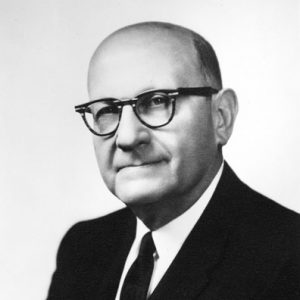 Ira Sanders
Ira Sanders 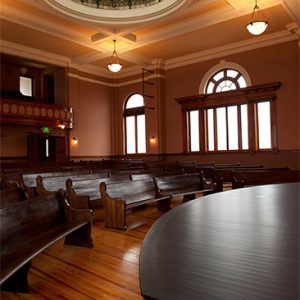 Temple Beth El
Temple Beth El 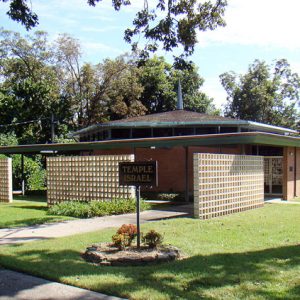 Temple Israel; Jonesboro
Temple Israel; Jonesboro 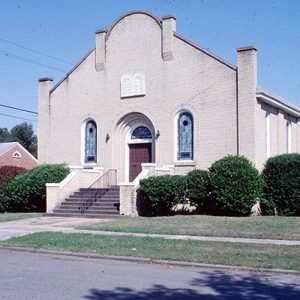 Temple Meir Chayim
Temple Meir Chayim 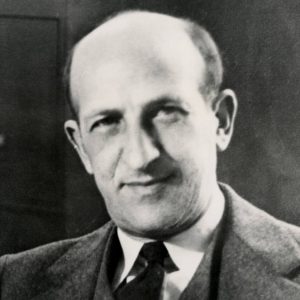 Julian S. Waterman
Julian S. Waterman 



Comments
No comments on this entry yet.